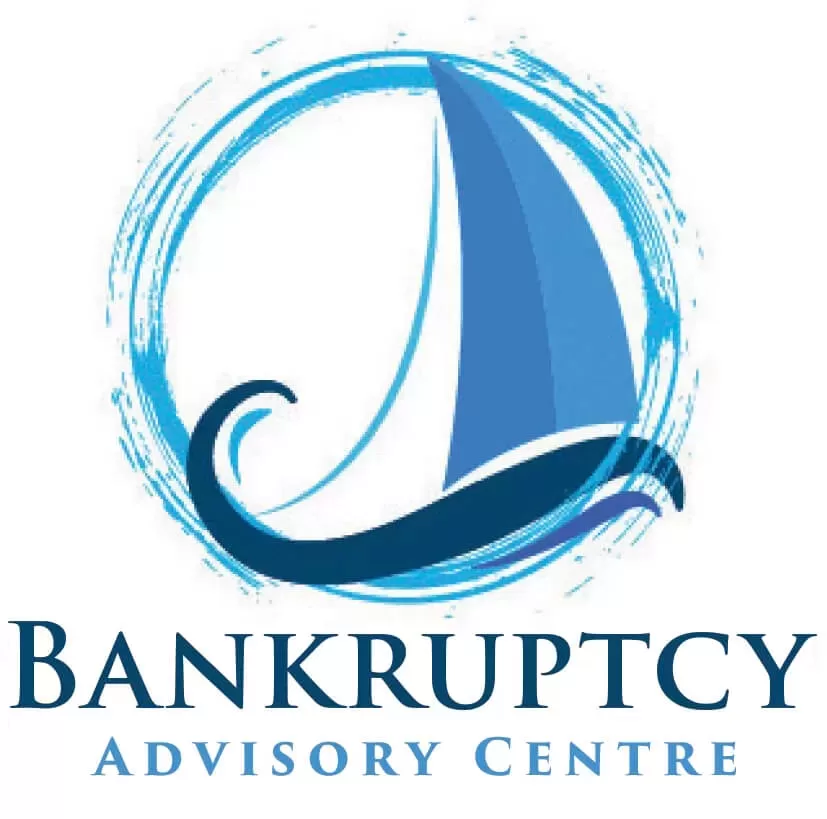Bankruptcy and Sole Trader Liabilities in Australia: Managing Your Risks
 In this article, we will explore the implications of bankruptcy for sole traders and their liabilities in Australia. Understanding how bankruptcy may affect sole traders and their business-related debts is crucial for those navigating financial challenges in this legal context.
In this article, we will explore the implications of bankruptcy for sole traders and their liabilities in Australia. Understanding how bankruptcy may affect sole traders and their business-related debts is crucial for those navigating financial challenges in this legal context.
At the Bankruptcy Advisory Centre, we have over 30 years of experience dealing with bankruptcy and finding debt solutions for individuals, companies, and sole traders.
Sole Traders and Liability
A sole trader is someone who operates their business as an individual and is personally responsible for the business’s debts and liabilities. Unlike other business structures, such as companies or partnerships, sole traders are not protected from limited liability, which means their personal assets are at risk to satisfy any business debts.
Bankruptcy and Sole Traders
When a sole trader faces financial difficulties and considers bankruptcy, it’s essential to comprehend the implications for their business and personal liabilities:
- Personal Liability: Sole traders are personally liable for the debts and liabilities of their businesses. When a sole trader declares bankruptcy, their personal assets, including their home, car, savings, and any investments, may be used to repay business-related debts.
- Business Debt Treatment: In bankruptcy, the treatment of business-related debts depends on several factors:
- Secured Debts: Secured debts, such as mortgages or loans with collateral, are typically dealt with separately. The creditor may seize and sell the collateral to recover the debt, and any remaining shortfall may be a claim in the bankruptcy.
- Unsecured Debts: Unsecured business debts, such as credit card or trade creditors debt, may be included in the bankruptcy and subject to distribution to creditors as part of the bankruptcy process.
- Personal Guarantees: If the sole trader provided personal guarantees for business loans or contracts, these may also become their personal debts in bankruptcy.
Business Closure
Bankruptcy often leads to the cessation of the sole trader’s business operations. The appointed trustee may take control of the business assets, assess their value, and determine whether it is viable to continue the business and if it should be sold to repay debts.
Alternatively, it may be a better option to refinance or restructure the business, seek better repayment terms from creditors, or sell it as a going concern so that the money earned from the sale can pay creditors.
Impact on Future Business Ventures
 Bankruptcy can have long-term implications for sole traders who may wish to start a new business in the future. It can affect their ability to obtain credit, secure financing, or enter into certain contracts.
Bankruptcy can have long-term implications for sole traders who may wish to start a new business in the future. It can affect their ability to obtain credit, secure financing, or enter into certain contracts.
Managing the Risks
To manage the risks associated with bankruptcy as a sole trader in Australia, you need to consider the following steps:
- Financial Assessment: Conduct a thorough financial assessment to understand the extent of your business and personal debts. At the Bankruptcy Advisory Centre, we can help you determine whether bankruptcy is the best course of action by running through all the options with you so you can make an informed decision.
- Seek Professional Advice: Consult with a financial advisor or accountant and a bankruptcy expert so these professionals can provide guidance based on your situation. They can help you explore alternatives to bankruptcy if they are available.
- Debt Negotiation: Another method to avoid bankruptcy is to negotiate with your creditors to reach a debt repayment agreement that is suitable and agreed to by all parties while addressing your financial challenges. These are often referred to as a Deed of Company Arrangement (DOCA)
- Asset Protection: Understand the exemptions and protections available under the Australian bankruptcy laws, which can help safeguard certain assets, such as your primary residence, work vehicle, and tools of your trade. At the Bankruptcy Advisory Centre, we can help you understand what assets can be protected while declaring yourself bankrupt.
- Future Planning: If bankruptcy becomes inevitable, plan for your financial future. Understand how it may impact your ability to start a new business or secure credit in the future and take steps to rebuild your financial standing.
Bankruptcy as a sole trader in Australia carries significant personal and business-related implications. While it can provide debt relief, it also entails risks such as the potential loss of personal assets and business closure. You can carefully assess the situation with the help of one of our expert team members while exploring alternatives that can help sole traders manage risks and make informed decisions about their financial future.
Andrew Bell Bankruptcy Advisor
Let’s Talk
With over 30 years of experience in debt solutions and bankruptcy in Australia Andrew can find a solution for you.
“Nothing is more satisfying to me than knowing that I’ve helped someone get back on their feet by guiding them through the Bankruptcy Process. Rest assured, you’re in good hands with me as we solve your financial problems together.”


